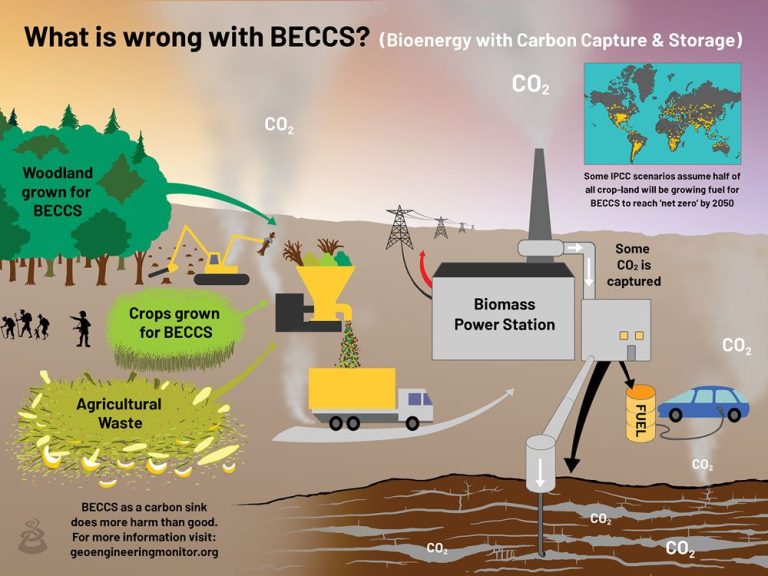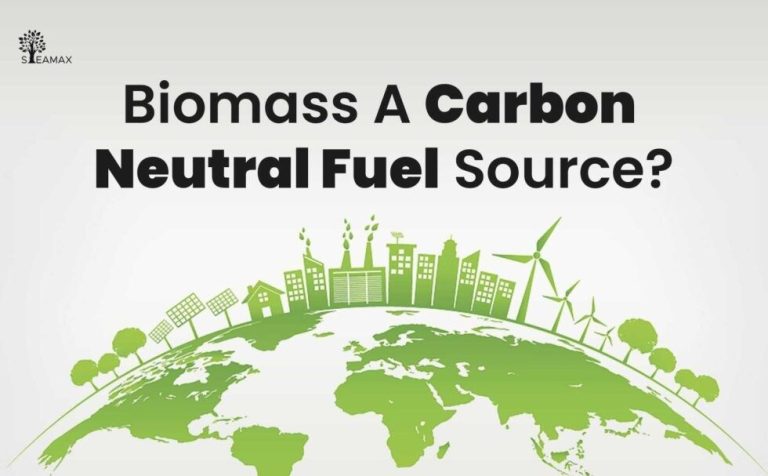What Are 3 Interesting Facts About Renewable Energy?
Renewable energy is growing rapidly
Renewable energy has seen exponential growth rates over the past decade, especially for solar and wind power. According to the International Energy Agency (IEA), renewables accounted for over 42% of global electricity generation in 2028, with the share of wind and solar PV doubling to 25% (IEA). The IEA projects renewables increasing by over 60% from 2020 to 2026 under current policy scenarios.
This growth has been driven by rapidly declining costs, making renewables more economically competitive with fossil fuels. According to Statista, costs for solar PV electricity have dropped by almost 90% in the last decade while wind turbine costs have declined by 55-60% (Statista). As a result, renewables are now the cheapest source of new electricity generation in most major economies.
Many corporations have begun aggressively adopting renewables, with over 300 global companies committing to 100% renewable energy. Developing nations are also investing heavily in renewables, with India targeting 500 GW of renewable capacity by 2030 and China leading globally in total installed wind and solar capacity.
Renewables are now the cheapest energy in many places
Many types of renewable energy have become cost competitive with fossil fuels in recent years. Lazard’s annual Levelized Cost of Energy Analysis consistently shows that utility-scale solar and wind projects are the cheapest new sources of electricity. The latest analysis from 2021 shows that new solar and wind projects are cheaper than new coal and gas plants across most of the world[1]. For example, a typical utility-scale solar plant cost $28-38/MWh in 2021 vs. $54-64/MWh for a combined cycle gas plant. [2]
Driven by declining costs for solar panels and wind turbines, along with technological improvements, renewables are now the cheapest source of power in many parts of the world.[3] For example, recent auctions for wind and solar projects bid all-in prices below $20/MWh for plants coming online by 2023. These power purchase agreement prices match or beat the cost of new fossil fuel plants, and can help stabilize energy costs once installed.[4]
As costs continue to decline, renewables will keep expanding as the most economical and competitive sources of new electricity capacity. According to projections, the costs gaps between renewables and fossils will only widen further by 2030 and beyond.
Renewables create more jobs per unit energy
The growth of renewable energy is driving job creation around the world. According to the International Renewable Energy Agency (IRENA), there were 13.7 million renewable energy jobs globally in 2022, up from 12.7 million in 2021 [1]. The U.S. Department of Energy (DOE) reports that clean energy jobs, including renewable energy, grew 3.9% in 2022, adding 114,000 jobs [2].
Renewable energy tends to be more labor-intensive than fossil fuels, creating more jobs per unit of energy generated. There are more jobs associated with manufacturing, constructing, and operating renewable energy projects compared to maintaining fossil fuel power plants [3]. Many renewable energy jobs are local, employing workers in construction, operations and maintenance. However, there are also manufacturing jobs created to produce solar panels, wind turbines, batteries, and other cleantech globally.
The renewable energy transition promises significant job growth in the coming decades. According to IRENA estimates, reaching net-zero emissions by 2050 would quadruple renewable energy jobs to nearly 60 million worldwide. With supportive policies, clean energy employment can expand economic opportunity while building a sustainable future.
Renewables reduce pollution and carbon emissions
The shift to renewable energy sources like wind, solar, and hydro provides significant reductions in air and water pollution compared to fossil fuels. According to the UN, renewable energy could decarbonize 90% of the power sector by 2050, massively cutting carbon emissions and helping mitigate climate change.
Specifically, renewable energy reduces harmful pollutants like sulfur dioxide, nitrogen oxides, and particulate matter. According to UCSUSA, this improves air quality and public health. For example, a 2021 study found that increased wind and solar generation in the US avoided between 3,000 to 12,700 premature deaths from air pollution reduction [1].
The shift to renewables also avoids significant greenhouse gas emissions. The IPCC estimates renewable energy could mitigate up to 80% of CO2 emissions from electricity production by 2050. In 2020 alone, wind and solar avoided over 1 billion metric tons of CO2 globally, equivalent to taking over 200 million cars off the road [2].
The climate benefits are clear. As countries transition to renewable electricity, they mitigate their greenhouse gas emissions and reduce impacts on climate change.
Renewables increase energy access and independence
Renewable energy sources like solar and wind allow for distributed electricity generation, meaning power can be produced at or near where it is used. This makes renewables ideal for expanding energy access to rural and remote areas that lack centralized grid infrastructure (1). Small-scale solar, wind, and hydropower systems can provide electricity to individual homes, farms, schools and businesses in off-grid regions, improving quality of life through better healthcare, education, productivity and connectivity.
Increasing renewable energy also reduces a country’s reliance on imported fossil fuels. Most nations import a majority of their fossil fuel supplies from other countries (2). Growing domestic renewable sources allows for greater energy independence and resilience to global fuel price shocks or supply disruptions. Local renewables bolster energy security and support national objectives to achieve a sustainable energy future.
Renewables have significant potential to grow further
Technically, renewables have the potential to produce far more energy globally than the world currently consumes. The Intergovernmental Panel on Climate Change estimates the total achievable potential from renewables like solar, wind, hydroelectric, geothermal and ocean energy at over 400,000 TWh per year globally by 2050. In 2020, global energy consumption was around 150,000 TWh. So technically, renewables could potentially meet several times current global demand. Even focusing just on solar and wind, studies suggest these two renewable sources alone could meet global energy needs by 2050.
By country and region, the potential varies but remains substantial. The United States has over 17,000 TWh of annual technical potential from renewables according to government assessments. The European Union estimates renewables could technically provide over 67% of its energy needs by 2030. Developing nations like India and Brazil have enough renewable potential to power their grids several times over.
However, adoption of renewables to date remains far below the technical potential, around just 10% of global final energy consumption. But costs have fallen rapidly, and growth in renewables is accelerating. With supportive policies, maturing technologies, and major investments underway, renewables appear poised for robust growth in the coming decades.
Furthermore, improvements in grid management, storage, and transmission infrastructure could also help unlock more of the technical potential. Smart grids can handle intermittent generation and two-way flows better. Battery storage can shift solar and wind generation to meet demand. Transmission lines can move electricity from the best renewable resources to population centers. Such enhancements will enable greater harvesting of abundant yet remote renewables.
Policies and investments drive renewable growth
Government policies have played a crucial role in supporting the growth of renewable energy over the past decades. Key policies like tax credits, feed-in tariffs, renewable portfolio standards, and carbon pricing have helped make renewables cost-competitive and accelerated deployment.
According to the IEA, the amount of money governments have allocated to support clean energy investment since 2020 has risen to $1.34 trillion 1. OECD notes that pricing carbon and establishing climate policies helps attract private investment and innovation in renewables 2.
Public and private investment in renewable energy continues to grow globally. Investment is needed to scale up manufacturing, build infrastructure, and further reduce costs through innovation and economies of scale. The White House has set a goal to achieve a carbon-free electric grid by 2035, which will require trillions in investment this decade 3.
Developing nations are adopting renewables quickly
Many developing countries are rapidly expanding their use of renewable energy sources. This growth is being driven by the need for increased energy access, the falling costs of renewables, and the ability to “leapfrog” over fossil fuel infrastructure directly to modern renewables.
For example, India added 12 gigawatts of solar capacity in 2019, more than doubling its total solar power generation (The developing countries leading the way on renewable energy). The dramatic growth has been fueled by strong policies and investments by the Indian government. Similar trends are being seen across Asia, Africa and South America. Countries like China, Chile and South Africa are investing heavily in wind, solar, hydro and other renewable sources.
The International Renewable Energy Agency projects that more than half of new electricity generation added from 2019-2024 will be from renewables. Developing countries are expected to account for two-thirds of this growth, pointing to the key role these nations will play in the global energy transition (Sustainable Renewable Energy Key to Unlocking Developing Potential in ‘New Era’ of Energy, Commission Hears). Many governments see renewables as a win-win solution, providing energy access and economic development, while also reducing carbon emissions.
Renewables have environmental tradeoffs to consider
While renewable energy sources produce far fewer emissions than fossil fuels, they can still have environmental impacts that need to be considered. For example, large-scale solar and wind farms take up significant land area which can disrupt habitats and wildlife. According to the Union of Concerned Scientists, utility-scale solar farms take up 3.5-10 acres per megawatt of electricity produced, while wind farms take up 30-141 acres per megawatt [1]. However, these impacts are still generally less than fossil fuel power plants.
The mining of materials for some renewables like solar panels and batteries can also have local environmental impacts. But when considering full life cycle analyses, renewables generate far less waste and pollution than coal and natural gas. According to the US Department of Energy, life cycle greenhouse gas emissions from renewables range from 2-75g CO2/kWh compared to about 1000g CO2/kWh for fossil fuels [2].
Overall, while no energy source is completely free of impacts, renewable energy plays a critical role in reducing greenhouse gas emissions and avoiding the worst consequences of climate change. With thoughtful siting and wildlife protections, renewable energy can scale up rapidly while minimizing local impacts.
The future is bright for renewables
The future looks very promising for renewable energy sources globally. According to the UN, renewable energy capacity is growing rapidly and is expected to expand by over 60% between 2019 and 2024 [1]. Key factors driving this growth include quickly falling costs, supportive government policies, and increased public awareness of the benefits of renewables.
Innovations in technology are enabling more widespread adoption of renewables. For example, advances in battery storage are helping overcome intermittency issues with sources like solar and wind. New materials and manufacturing processes are also lowering production costs. Emerging renewable sources like wave, tidal and floating offshore wind have enormous potential as costs come down.
Public sentiment and government policy are also shifting in favor of renewables. Over 150 countries now have renewable energy targets, and many are working towards goals of 100% renewable electricity. Major corporations are committing to power operations with renewables. Younger generations overwhelmingly support transitioning to renewable energy [2]. The stage is set for renewables to continue displacing fossil fuels well into the future.
[1] https://www.un.org/en/climatechange/raising-ambition/renewable-energy







